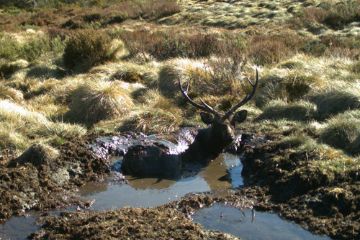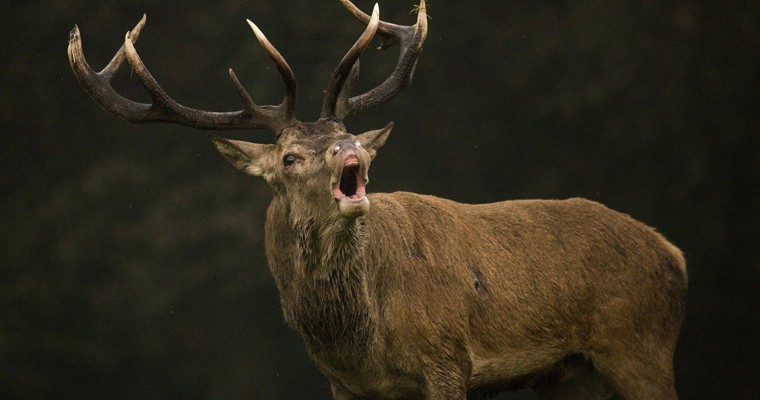The Invasive Species Council welcomes the development of a new Feral Deer Management Strategy to replace the Feral Deer Management Strategy 2013-18. The 2013-2018 strategy clearly failed to stem the spread and population of feral deer in Queensland. Indeed the feral deer distribution map 2014/18 indicates deer have spread considerably since 2008.
The largely unchecked increase in population and spread of feral deer in Queensland is alarming, albeit there have been some ambitious local deer control programs in SE Queensland. If considerable action is not taken soon this will have dire consequences for the environment, economy and community as demonstrated in other eastern states of Australia. A recent study of the economic, social and environmental cost of feral deer in Victoria showed that based on just a few limited economic factors, the cost of the impact of feral deer could be over $2 billion over the next 30 years of nothing further is done.
The ISC welcomes the fact that feral deer are considered a restricted invasive biosecurity matter under the Biosecurity Act 2014 ( i.e. a pest) in Queensland. Nevertheless, simply saying landowners have a general biosecurity obligation (GBO) and are responsible for managing risks from feral deer that are under their control and that local governments need to consider feral deer control in their biosecurity plans is not enough.
These actions clearly need to be underpinned by a state-wide strategy that takes a biosecurity area-based approach by identifying values most at risk from feral deer and priority areas for prevention, eradication and containment and control.
While the draft Feral Deer Management Strategy 2022-27 presents the importance of taking a landscape scale approach to feral deer control, it fails to provide any strategic direction in this regard and leaves to others to determine what that means.
There is now an urgent need for the Queensland Government and DAF to take more leadership on the control of feral deer population and impacts. A biosecurity area-based approach is needed for managing feral deer that gives guidance on values under most threat and direction on priorities for landowners, local government and NRM groups. This will be an essential start to contain and reduce the feral deer over time.









